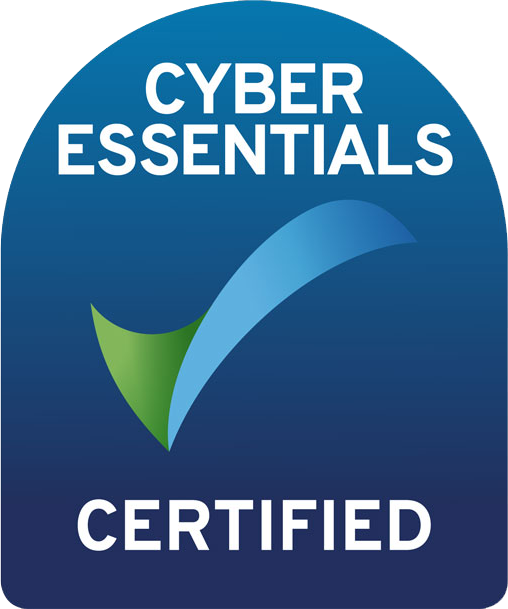So how so you invoice a client? Being self-employed means that you will have increased freedom and flexibility, as well as the opportunity to earn more than a permanent worker in the same role. You will also need to ensure that you are motivated enough to get out there and find new contracts on a regular basis and once you find those clients and complete work for them, you will then need to be able to invoice correctly.
How to create an invoice
There isn’t a specific way of constructing an invoice, where you have to do it a certain way in order for it to be legitimate, but there are certain things that you have to include as a legal requirement, such as your company name, address, a VAT number if you are registered, the client’s name and their address.
It ss also useful to include your bank details, as well as the terms of payment and how long they have to pay you – this is particularly useful for avoiding late payments, which will be discussed further on.
In order to make your invoice look as professional as possible (as well as including information required by law), here are some examples of what you should include:
- Your company name
- The registered office address
- VAT number (if you are VAT registered)
- Company number (if you are working as a limited company contractor)
- Your company logo (if you have one)
- Your bank details (that way a client can see clearly where the payment needs to be made, without this, payment could potentially be delayed)
- The name and address of the client you are invoicing
- An invoice number
- The work you have carried out for the client
- The date that the invoice has been issued (this can be useful should there be any problems with payment, as this is proof of when the client was invoiced)
- Your payment terms (this should state that the payment must be made within a certain amount of days)
Now that you have all the details needed for a professional invoice, here are a few tips on ensuring that the invoicing process runs as smoothly as possible:
Know how each client will deal with payments
Although it is a good idea to include your payment terms on an invoice, many clients may deal with the process differently, for example, some may need longer to make the payments because their business deals with all their invoices at one, whereas others may make payments on the same day of receiving them – all clients will have a different method.
Find out how your client’s invoicing procedure works, such as whether they need to issue a Purchase Order number before you send the payment document or that they need a certain company name included on it and then look to be flexible where you can.
Get to know the person dealing with your invoice
Whether it is the client’s accountant or accounts department, it is not a bad idea to get to know this person and be as friendly and polite to them as you can.
This can be really useful when it comes to ensuring that you are paid correctly and on time and if there are any problems, they are more likely to want to sort out any issues for you as quickly and as best they can.
How to deal with late payments
This can be a tricky one. No one wants to have to remind a client that they owe them money, as this can be an awkward situation – yet at the same time, you have carried out the work and deserve to be paid on time.
Late payments can be a big issue for contractors, particularly smaller sized business that need to be paid in order to buy supplies to carry out other work.
So how do you go about chasing up a late payment? Firstly, ensure you are polite about it – at least to begin with! You could find that this is a genuine mistake and that the client has simply forgotten or your invoice has been accidentally missed.
A friendly email or phone call should be your first step.
If, however, nothing is sorted quickly enough, you should write a letter or email to them explaining that they have a certain number of days to make payment, otherwise they will be charged statutory interest.
As a last resort, there is the option of using a debt collection service or solicitor to give you advice of how best to go about retrieving your payment. Although this could end up costing you money, you are well within your rights to charge the client a fixed amount for the costs incurred while trying to recover the payment.
How to prevent late payments
Unfortunately, it isn’t always possible to avoid a late payment – if a client simply refuses to pay up even if you had a system in place, there is nothing that you could have done to avoid this situation.
Here are a few steps to put in place beforehand that may help:
- Do a bit of research on the new client you will be working with in advance to find out if they are a reputable company. You can even look into whether they are reliable payers by checking on the UK Government’s Company check website.
- Consider requesting payment up front before work is carried out or if a client doesn’t agree with this, at least ask for a deposit. That way you will have made some money out of the job to begin with if there is going to be an issue with late payment later on.
- Make sure you invoice the client immediately after finishing the work, including information on statutory late payment interest to make them aware of the steps you can take if faced with late payment.




